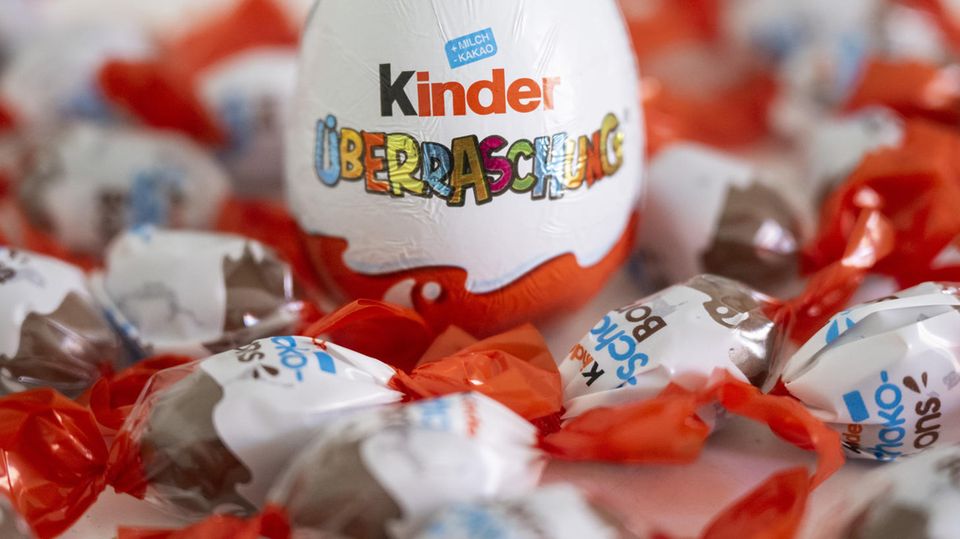Unappetizing
Henssler’s restaurant failed due to hygiene inspection – green mold and the salmon was “rotten”
Steffen Henssler (r.) with his brother Peter in front of the “Ahoi” in Hamburg. The branch in Bremen makes negative headlines.
© Eventpress
Steffen Henssler’s Bremen restaurant “Ahoi” is currently making negative headlines. The reason is a hygiene check that uncovered something unsavory.
Steffen Henssler is no stranger to the world of culinary art. Since his TV show “Grill den Henssler”, the top chef has enjoyed great popularity in Germany, as have his restaurants. At least that’s how it was so far. Because now something extremely unsavory became public. In his The “Ahoi” restaurant in a prominent location on Bremen’s Osterdeich was discovered by the food monitoring, animal protection and veterinary service of the state of Bremen during an unannounced inspection in February. We’re talking about dirt, mold and “rotten” fish.
“The complaints we found shocked us deeply, because cleanliness and the proper handling of food must be a matter of course for every restaurateur,” said Peter Henssler, brother of the famous chef, to “t-online”. Peter Henssler runs the restaurant together with Theo Bührmann. He attributes the failure of the “Ahoi” hygiene inspection to a man-made error; the operations manager has since been fired. “The whole thing couldn’t and shouldn’t happen, and it’s not our claim either. We’ve learned from the incident and “The internal controls have been optimized and massively tightened,” he said. But what exactly had happened?
Henssler’s “Ahoy”: dirt, mold and “rotten” fish
The hygiene control protocol reports serious, large-scale contamination, or more precisely: massive contamination of floors and shelves caused by “food residues, mold deposits and slimy, brownish-yellowish contamination.” In addition, an area of the wall in the cold room had “a large area of greenish mold deposits.” Contamination, and in some cases even mold deposits, were also found on dispensers for ketchup, mustard and mayonnaise.
But the inspectors didn’t just have something to complain about in terms of the hygiene of the cooling room and sauce dispensers. They also documented the discovery of salmon fillets that had not been stored in accordance with the temperature requirements, but were stored too warm. The salmon and other fish products were then examined in more detail. During the organoleptic test, which is the olfactory and visual test, the salmon was described as “slightly putrid and slightly fishy” and the cod as “musty and slightly fishy”. But that’s not enough.
Indicators of poor operational hygiene found
The protocol also reports on “sometimes greatly increased levels of Enterobacteriaceae”, which are considered hygiene indicator germs in food. The enterobacteria also include pathogens such as salmonella, but a high content of such enterobacteria alone is not direct evidence that there is a health risk. Pseudomonads and an increased total number of bacteria were also found in the fish samples. The minutes point out that these are indicators “which point to inadequate personnel or operational hygiene as well as improper/too long storage of the products”.
The deficiencies have now been corrected, as the office confirmed on February 20th. The results of the investigation will be publicly available on the office’s website until August.
Source: Document: Publication based on test results in accordance with Section 40 Paragraph 1a No. 3 LFGB, t online



